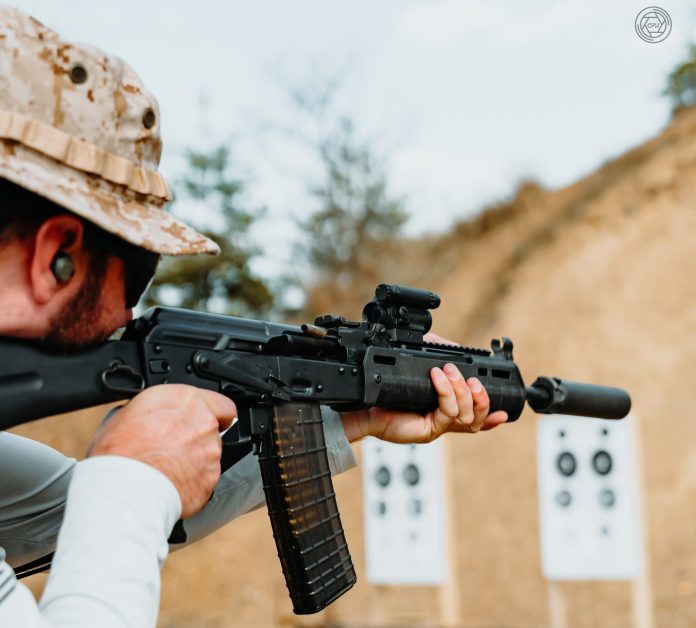
I was reading the media that is alleged to be social, as I am wont to do for this job, and I stumbled upon that phrase written with bile and venom, by none other than Matt Jacques.
Now when Jacques speaks, I pay attention. I’ve never known the man to bloviate on subject matter as serious as those things that will save your life in the street and I didn’t expect him to start with a Facebook post in that same area. And as expected, he didn’t.
He called those words the seven deadliest in law enforcement. I can expand on that experience a little to the Marine Corps, seeing absurd practices remain for no other reason than an NCO or Officer allegedly saw a Navy SEAL or a Raider do it this way this one time. If my observations of the silliness aren’t serious enough for you than I urge you to go over to Wheelchair Tactical on the Insta and look at and chat with Paul Gardner. He was shot and paralyzed in Iraq 20 some years ago and that was in no small part due to the Marines always doing things the way they had.
We use fancy terms like ‘Institutional Inertia’ sometimes, we’re looking to describe the difficulties in changing things in a large and interconnected group of people who are used to a certain process. But the short of it is that humans like pattern repetition and even if there is a better pattern to repeat, we still don’t always like it. That dislike, that mild discomfort can get people killed.
Larger and more uniform orgs, like the military and law enforcement agencies, are the worst offenders of “we have always done it this way” as they are the largest “we” units with consistent (reasonably) procedures. What this leads to is the repetitions of the practice outstripping the understanding of the ‘why’ behind it, so if the ‘why’ changes or a better way to accomplish the ‘why’ comes about the pattern of repetition weighs most heavily in the institutions minds.
My most recent encounter with this professionally was with red dots. Several soldiers were vociferously professing their ‘preference’ for iron sights on their M4A1’s over the 2MOA CompM4 and M4s optics. Now, there is nothing wrong with liking irons. There is a great deal to be said for the continuation of the discipline of using iron sights. I cordially disagree with friends and peers who say iron sights are dead, especially BUIS.
However that doesn’t mean I am advocating that soldier use the sighting system that is 8 times less precise than the dot is and occludes for more of the down range target picture than the dot does.
“We have always done it this way” translates to “I cannot tell you why, I’m simply assuming their is a reason.”
This is the crux, the lethal one in some cases. The assumption that there is a reason in place of the understanding of the reason for something to be done.
We require understanding of the why because if we do not understand we cannot adapt to circumstances that vary too far from the original pattern, we’re tied to the pattern of behavior and not the desired end result. We cannot go outside patterns if we don’t understand why the pattern exists. There are lines of work where pattern work is still a useable skill. Fast Food prep is formulaic, assembly lines are patterns that don’t rely on workers knowing everything but they do absolutely function better if the workers understand the goals of their part. The assembly team putting doors on the car doesn’t need to know the intricacies of how the engine works, but they do need to understand these are car doors going into the frame and how the door is part of the assembly. If they understand what their doors do from a safety and control standpoint, at least on the top most basic level, they will know what the end goal is. Fit the doors so their part of the vehicle assembly is functional and safe.
The same logic holds when it comes to learning the procedures for shooting both efficiently and intelligently. How to shoot well and when to take a shot are and state equations and understanding the end state and how to get to that with the firearm will result in success. Going through the motions of your qualification or your range drills without understanding then end state leads to frustrated and bored participants who, if they end up in that time is life problem, will not be equipped to survive. That leaves blind luck and God’s love of a fool.



